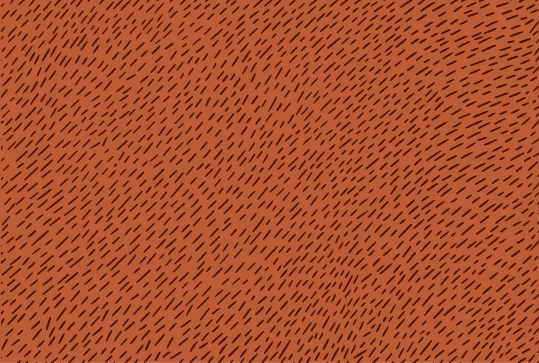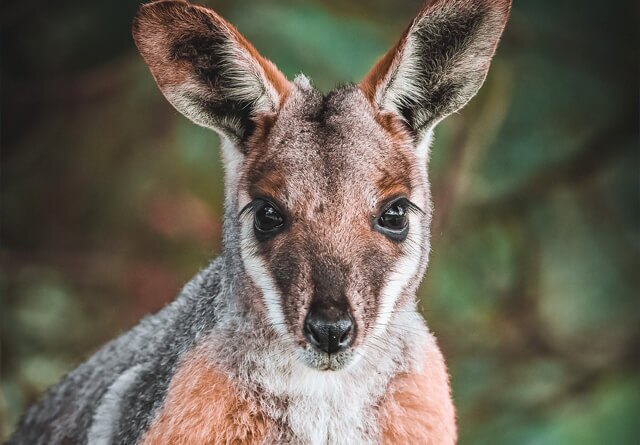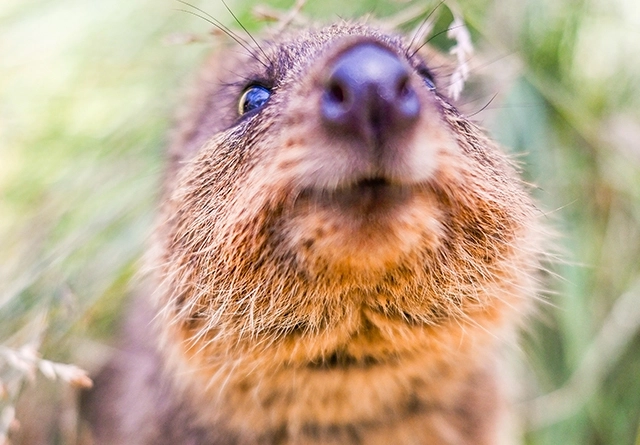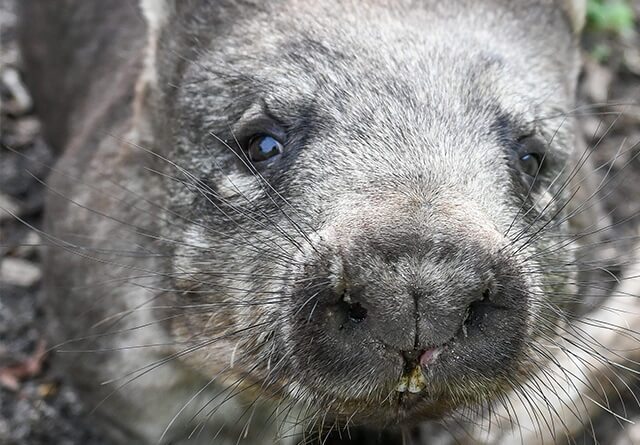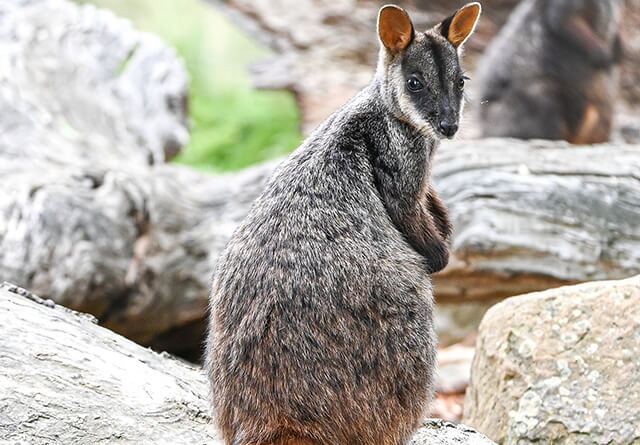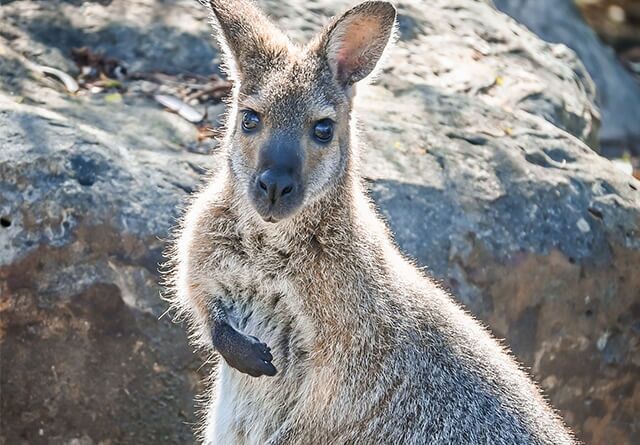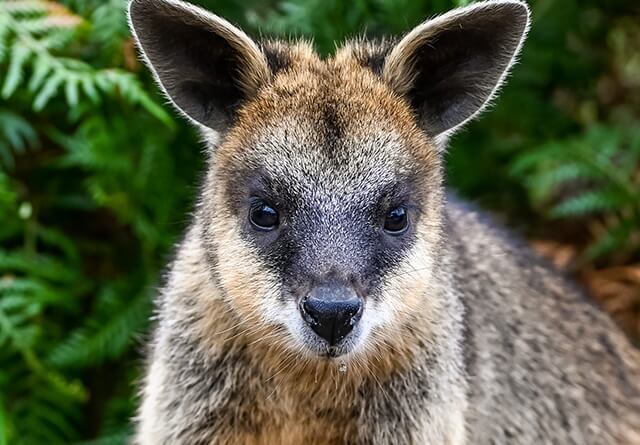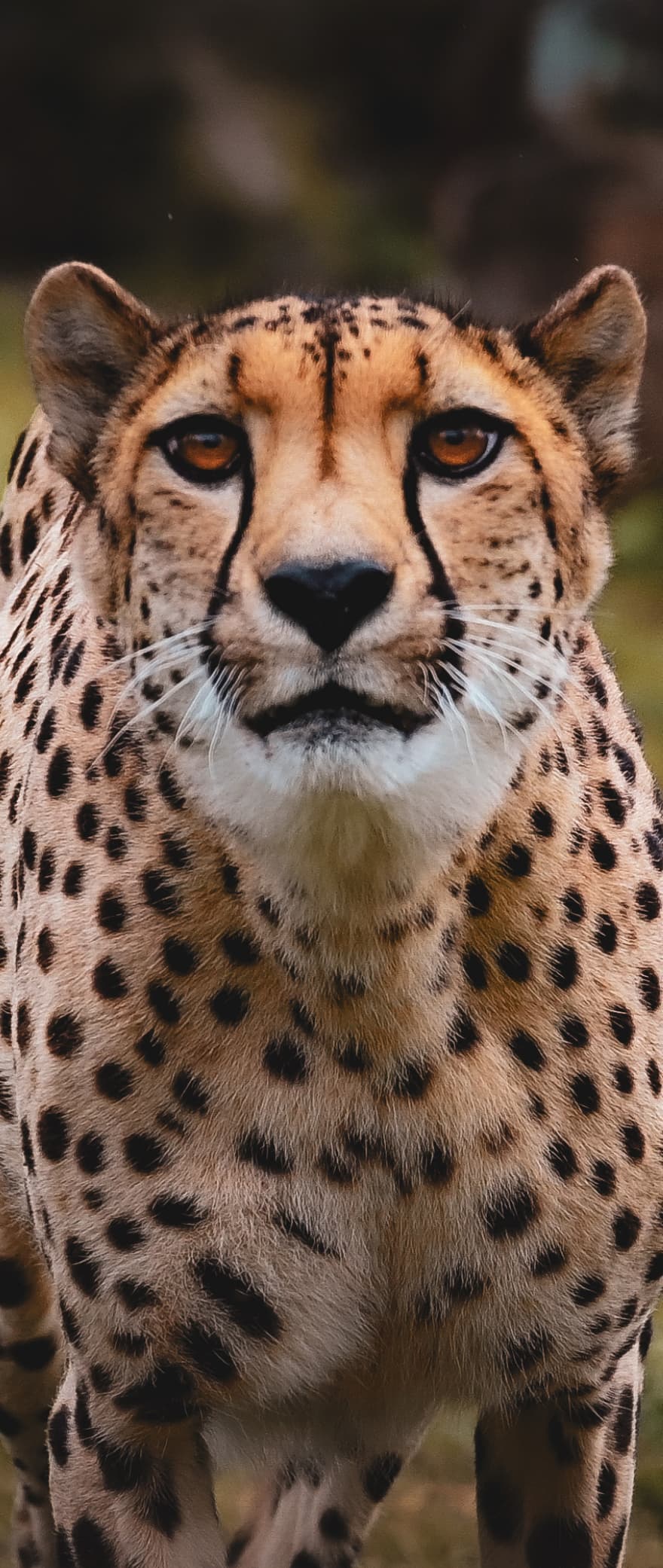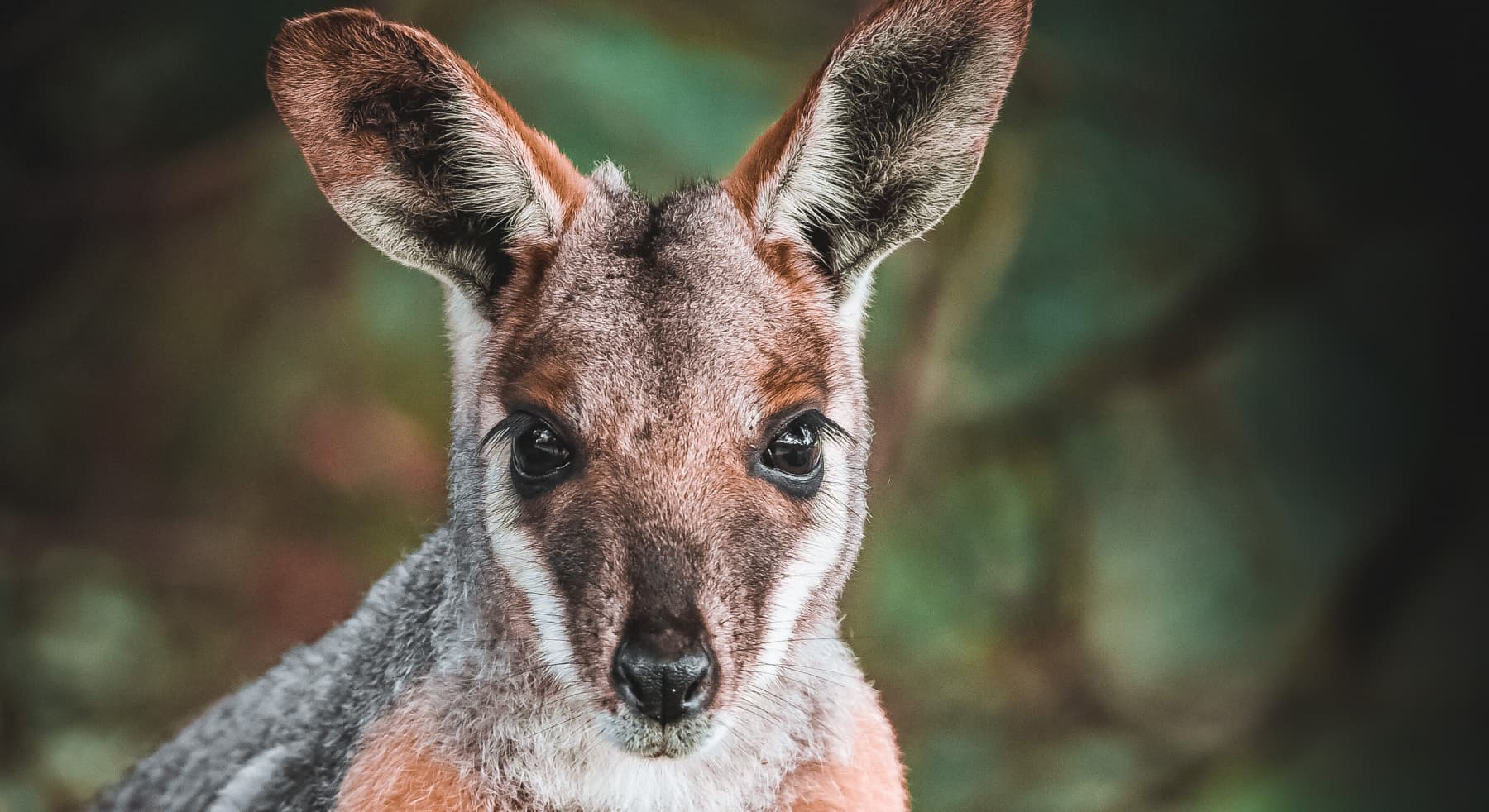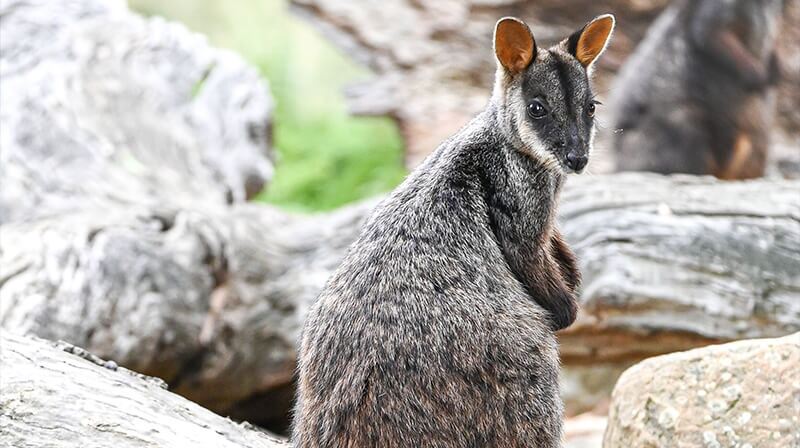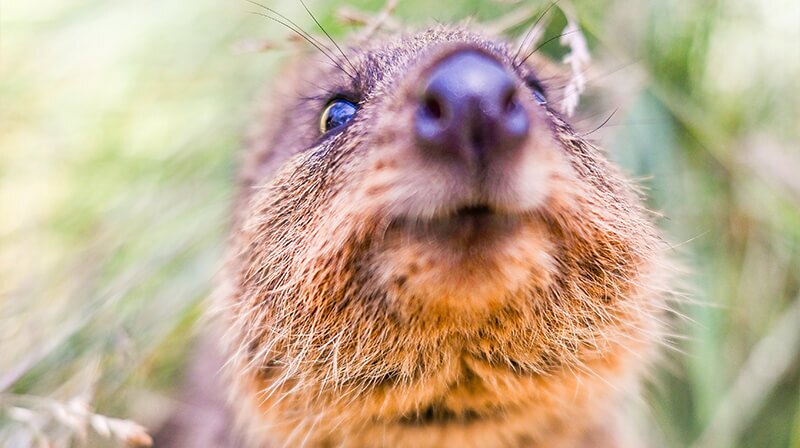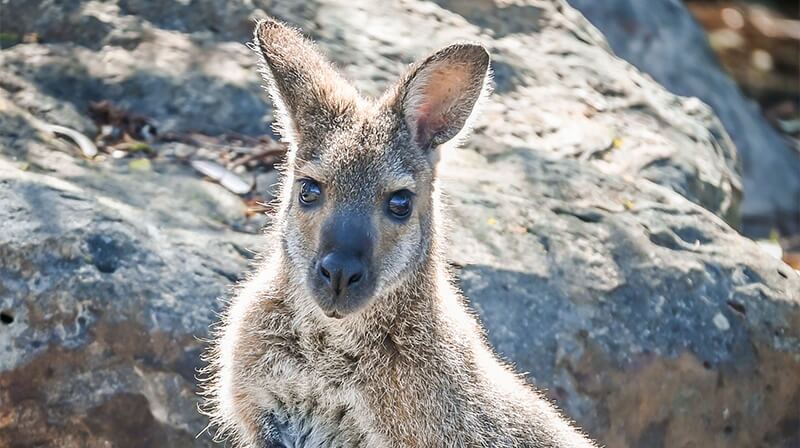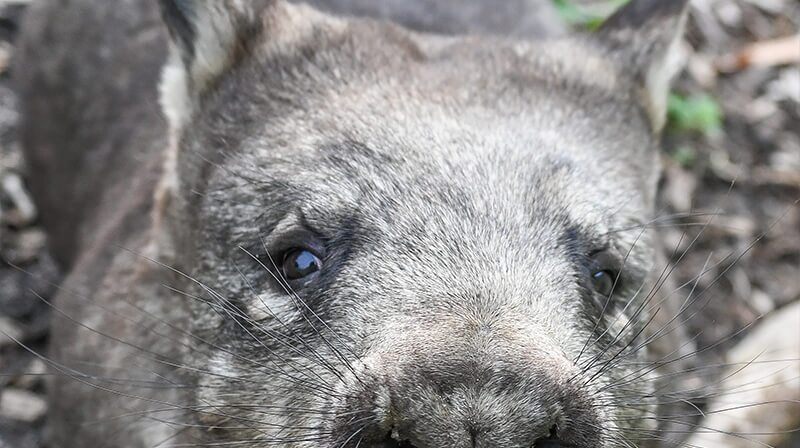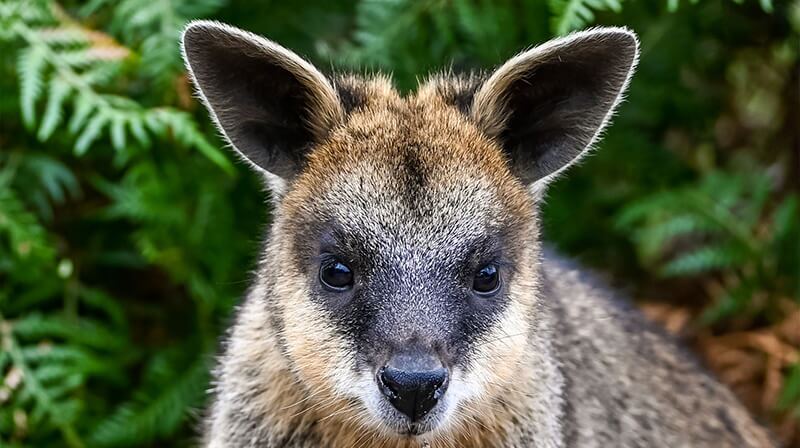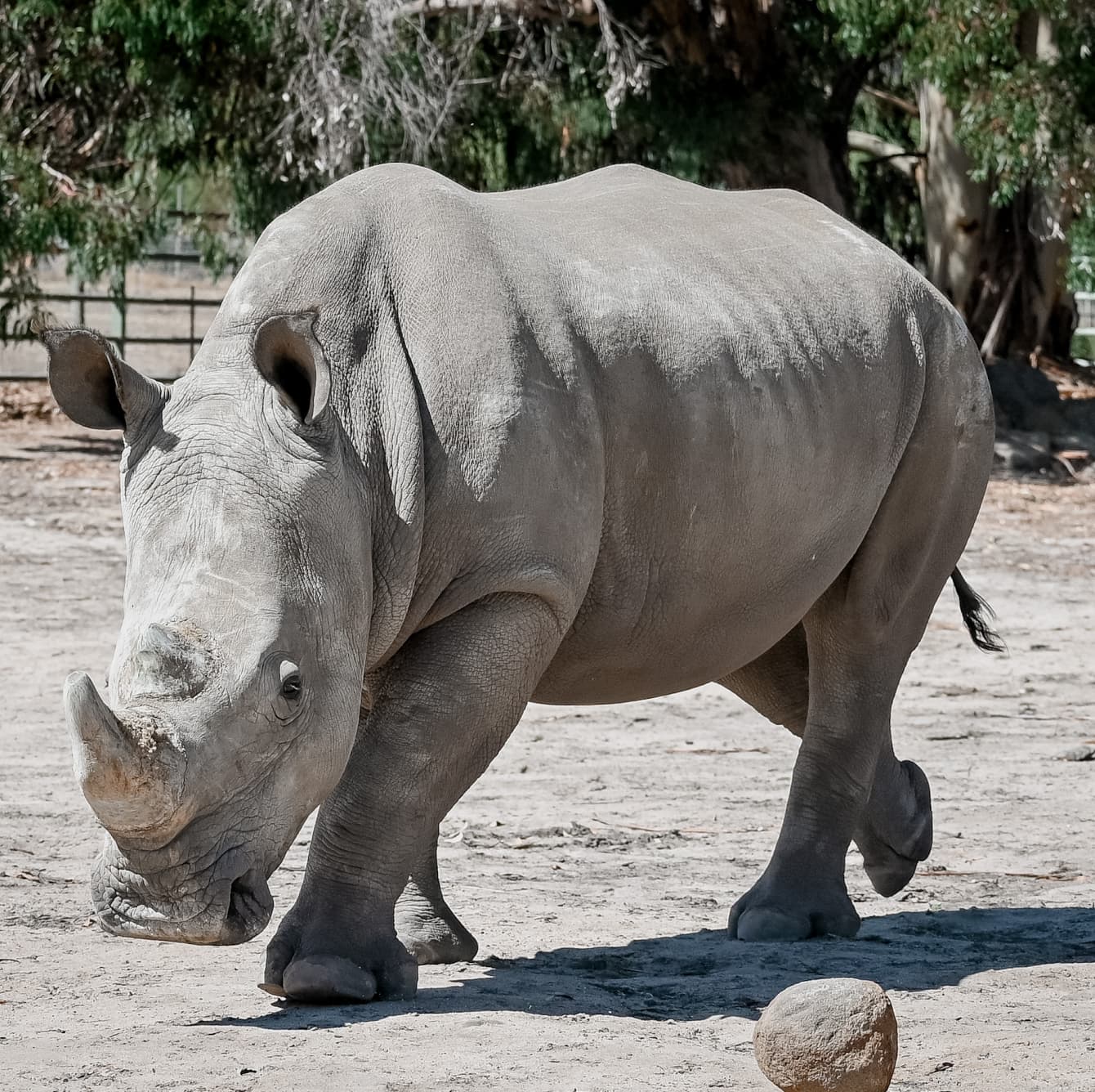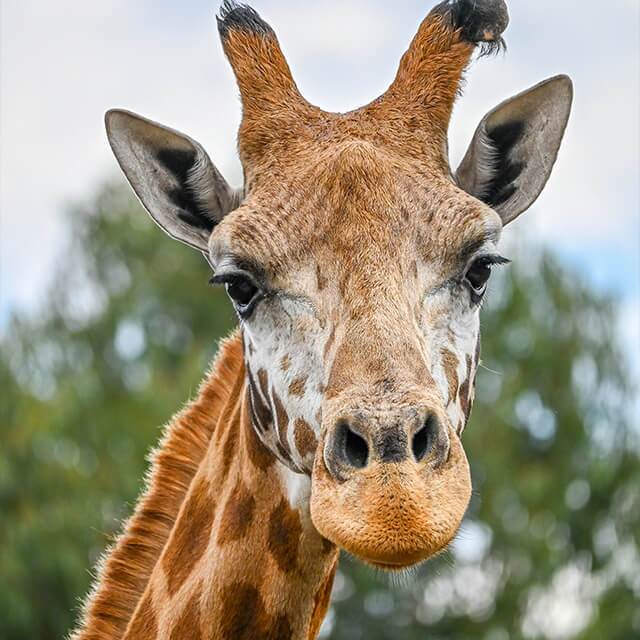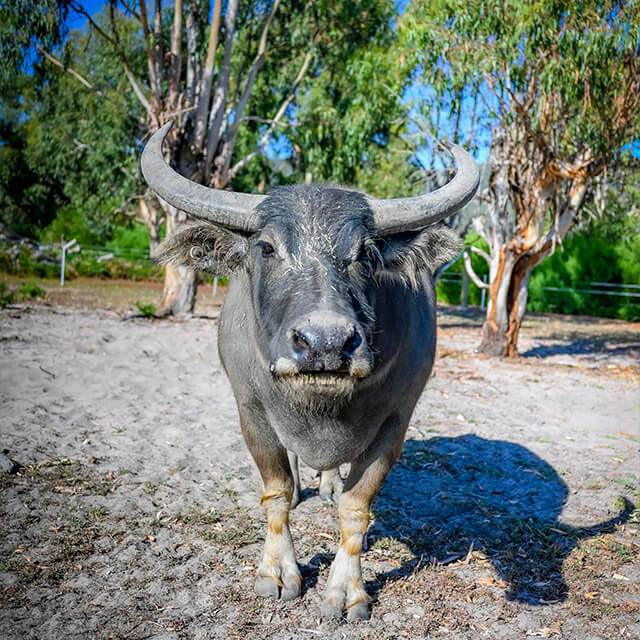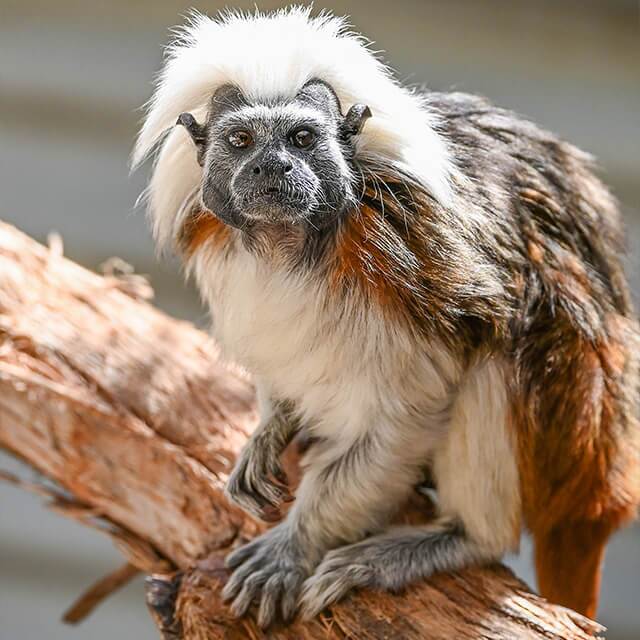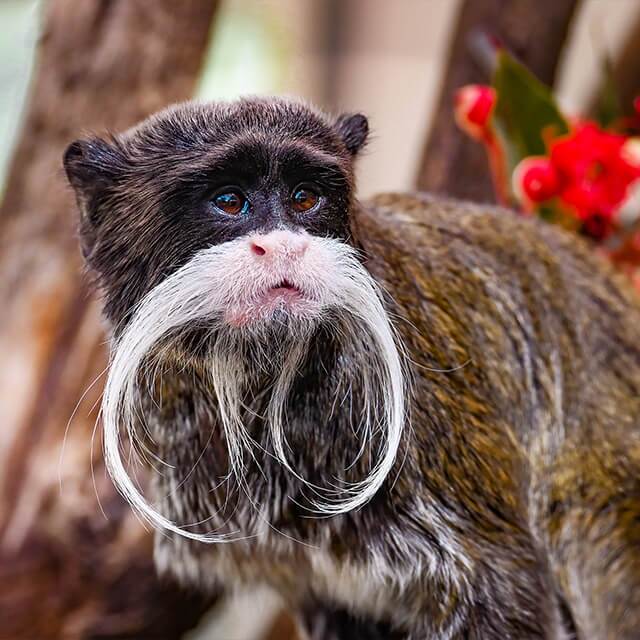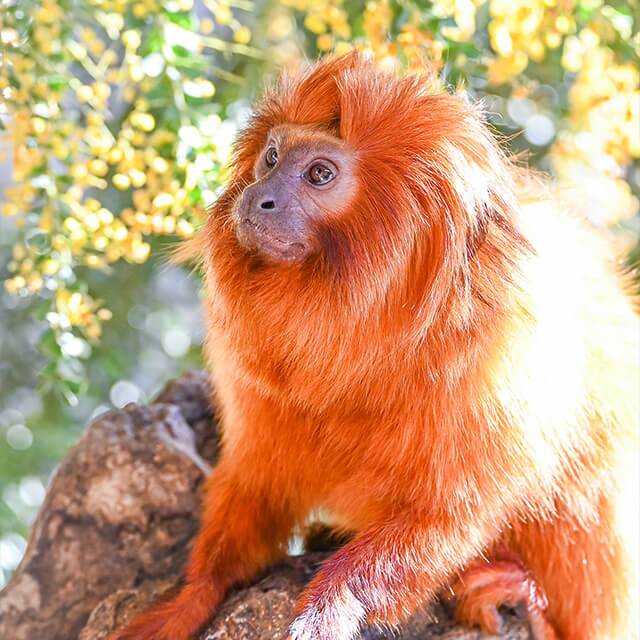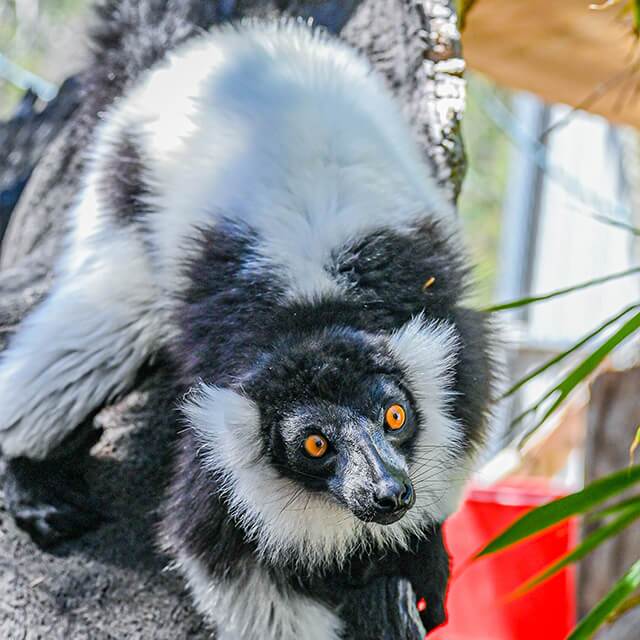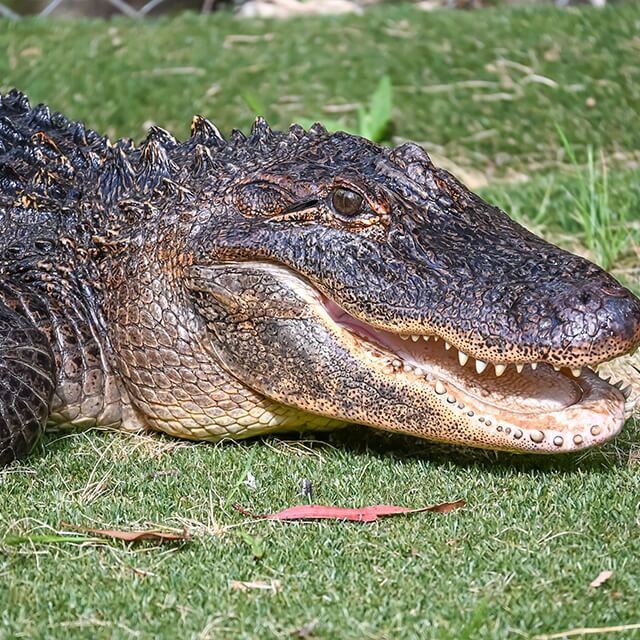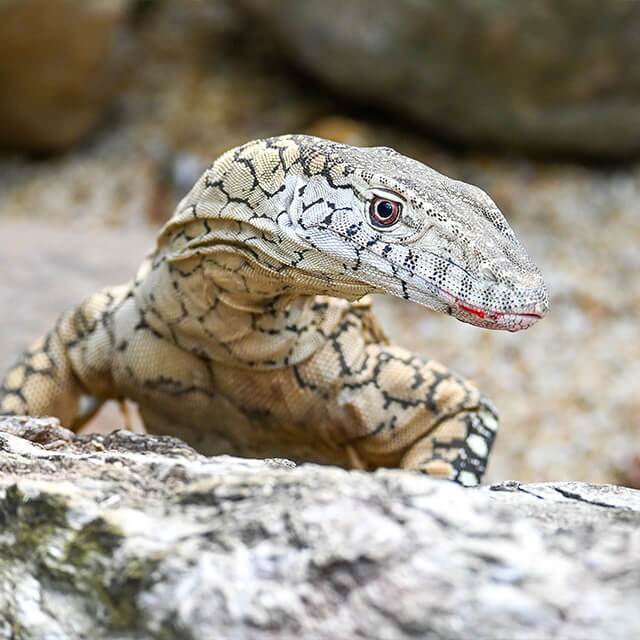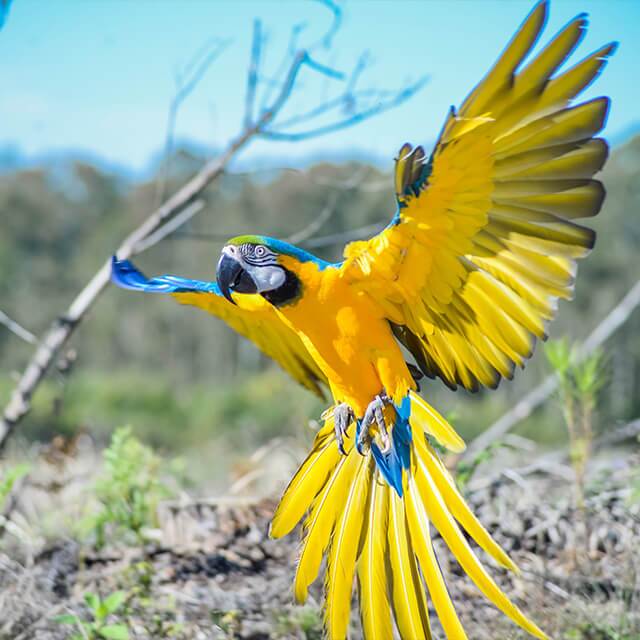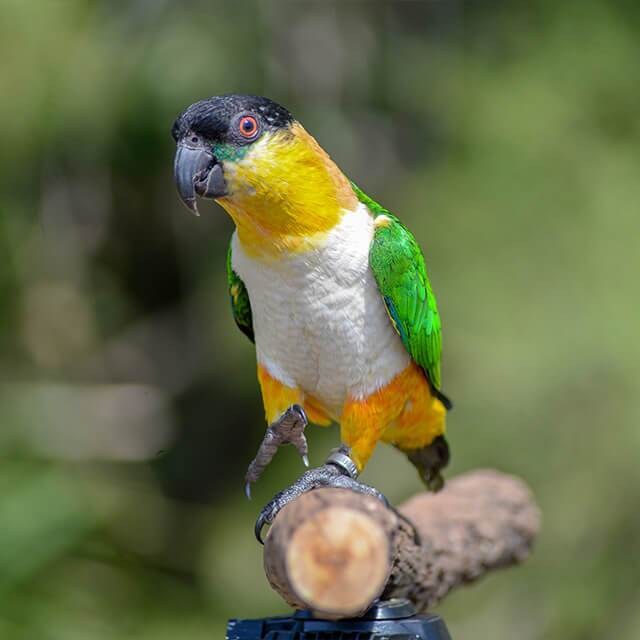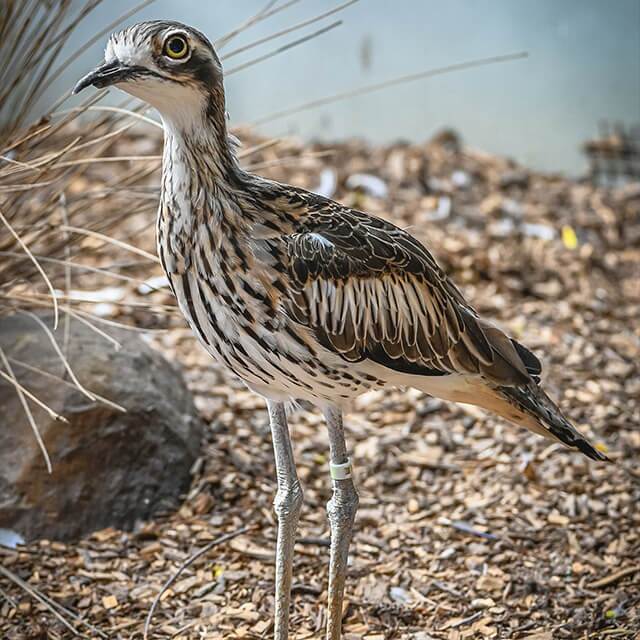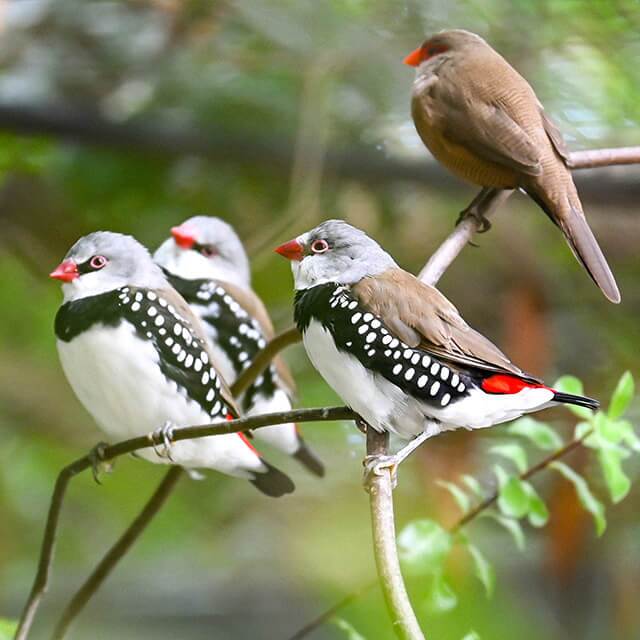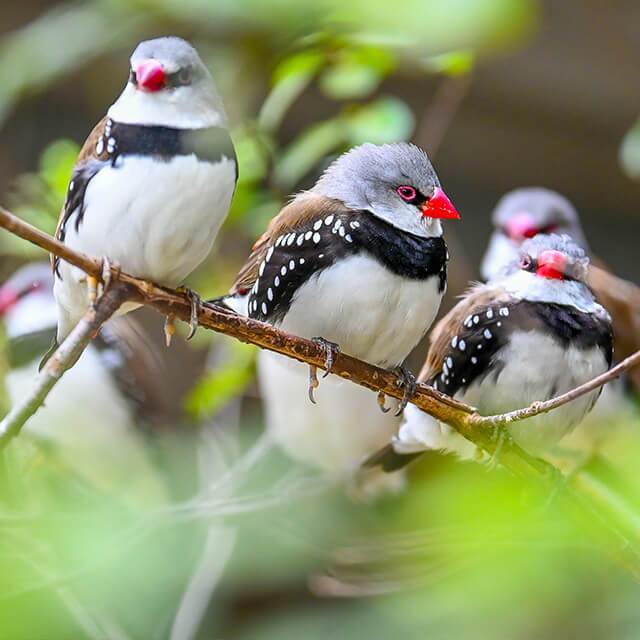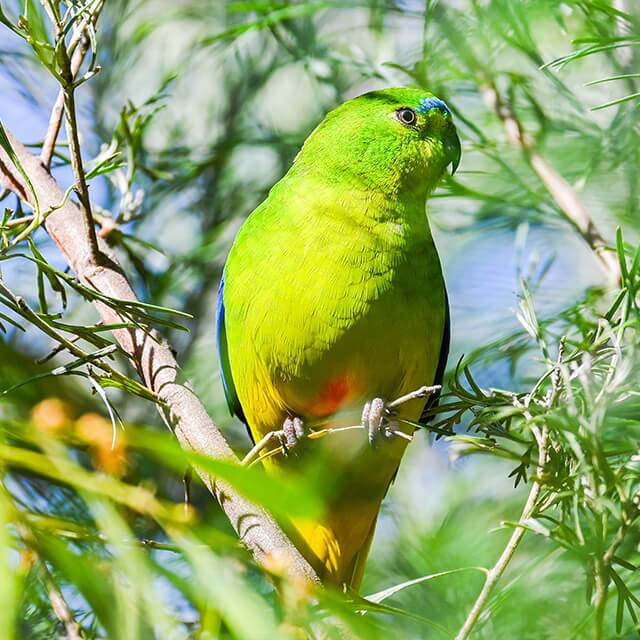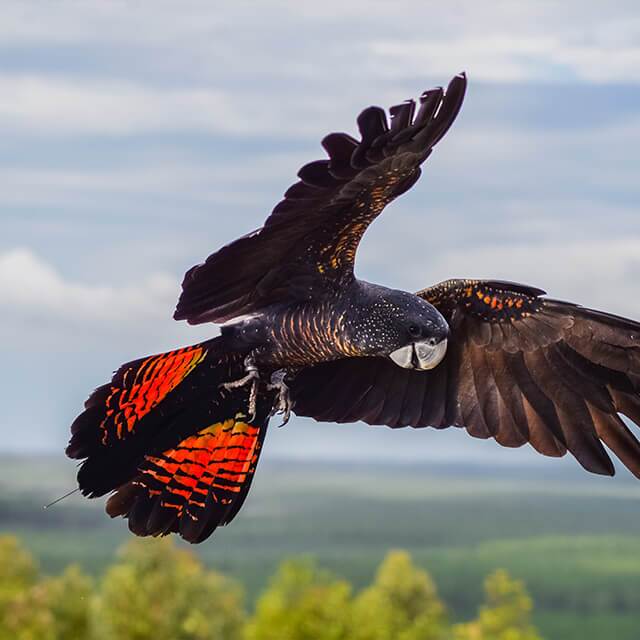Our Australian mammals team provide care for a variety of Australian species including the endangered brush-tailed and yellow-footed rock wallabies. A number of the Aussie species enjoy eating pellets from our visitors’ hands. Our wombats are a breeding group, and up-close encounters are available with them at times.

Our Australian Mammals

Follow us @hallsgapzoo
Happy World Vet Day!!
Today we celebrate the dedicated professionals who work tirelessly to protect the health and welfare of animals everywhere.
We would like to thank our vets from Stawell veterinary clinic who help us when our animals need them and after the recent fires were amazingly kind enough and wiped our bill which was such a big help to us.
We would also like to thank the vets from Werribee Zoo who take on our animals when they need specialist veterinary care especially when they make the trek out to see our animals on site.
We appreciate each and everyone of you for your commitment to the animals you work so hard to care for.

✨✨✨FAST FACT FRIDAY✨✨✨
Today is about Black Capped Capuchins
🐒 They do what is called urine washing so they will pee into their hands and feet and rub it all over them to leave their scent as they travel through the forests.
🐒 They are very intelligent and will use tools to help them break open food sources.
🐒 They have semi prehensile tails and only juveniles can hang their whole body weight from their tail while adults will still need to support themselves with their arms or legs
Pictured is Marko and Polo the cheekiest father and son duo you ever did meet.

Today we pause to remember the courage and sacrifice of all who served not only the men and women but also the animals who helped our soldiers.
We remember and thank all of them, your sacrifice will not be forgotten.

Just a reminder that we are open everyday this long weekend 10am-5pm everyday.
#hallsgapzoo #visitmelbourne #grampians #longweekend

Thank You for Hopping By!
A huge THANK YOU to everyone who joined us for our Easter Bunny Hunt at the zoo! It was great to see so many smiling faces and families enjoying the day together. Your enthusiasm made the event extra special!
The total count of bunnies hidden around the zoo was 26, did you find them all?
We hope you had as much fun finding bunnies as we did hiding them.
#hallsgapzoo #easter #visitmelbourne #grampians

Happy Easter from all of us at the Zoo.
We’re sending warm wishes your way for a day filled with love, laughter, and maybe a few bunny hops!
Enjoy the sweet treats and some wild moments with the ones you love.
Our animals clearly had fun with some Easter themed enrichment.
#grampians #grampiansvictoria #visitmelbourne #longweekend #Easterhunt #easterbunny #visitmelbourneaustralia #zoo

Don’t forget our Easter Bunny Hunt is on all weekend!
Keep an eye out, count all the bunnies you see and put your guess in our raffle box that will be drawn at 3.30pm everyday.
Make sure to follow our social media pages to find out the correct answer on Tuesday.
Here is a little hint to get you started:
“The bunny’s journey has just begun,
Snuggling close with more than one.
Fluffy friends with button eyes,
That’s where the first surprise lies!”
#Easterhunt #easterbunny #longweekend #grampians #visitmelbourne #visitmelbourneaustralia

✨✨✨FAST FACT FRIDAY✨✨✨
These little legends love hanging out motionless on tree trunks like it’s a full-time job. They’re not fire-breathing, but they do give serious “forest guardian” vibes and they will judge you silently from a branch…
BOYD’S FOREST DRAGON
They are quite different compared to other reptiles in the fact they do not rely on basking in the sun to regulate their body temperature.
Babies are independent straight after they hatch from the eggs.
They are masters of camouflage and use this to protect themselves from predators.
They are native to rainforests in northeastern Australia with the Daintree rainforest being a good place to try and spot them.
#grampians #schoolholidays #easter #nationalpark #hallsgapzoo #zoo #boydsforestdragon

This Easter on all 4 days we’re turning the zoo into a bunny-filled adventure! Count all the hidden bunnies scattered throughout the zoo for your chance to WIN an exclusive Lizard or Dingo encounter *conditions apply.
#hallsgapzoo #easter #schoolholidays

🎉🎉 We are OPEN every day this weekend 10am-5pm so hop on over to the zoo for some Easter fun! 🎉 🎉
We are celebrating with some Egg-stra special activities, lots of encounters, keeper talks, our food van is open and our keepers can’t wait to share some Easter fun with the animals.
Stay tuned for details of our Easter themed activity with a prize that we have planned for each day of the long weekend.
Don’t forget to pre-book encounters to avoid disappointment.
#hallsgapzoo #grampians #schoolholidays #grampiansnationalpark #visitmelbourne #longweekend

✨✨✨ FAST FACT FRIDAY✨✨✨
Today is all about Red Pandas
🍁 Red Pandas are not related to Giant pandas.
🍁They are classed as a carnivore even though their diet mainly consists of bamboo.
🍁 They are an arboreal species meaning they live up in the trees and they rely on the trees for camouflage to protect them from predators.
If you want to see just how cute they are in person now is your chance, you can get up close with our 2 red pandas as you feed them some tasty treats they will walk over you lap and pose for a photo with a paw on your shoulder.
Book an encounter by visiting our website
#hallsgapzoo #visitmelbourne #grampians
#grampiansnationalpark #redpanda #schoolholidays

✨✨✨FAST FACT FRIDAY✨✨✨
Today we are looking at the Southern White Rhino:
🦏 Their horns are continually growing and is made from keratin just like our hair and nails.
🦏 They are grazers
🦏They can run up to 40kmh per hour
🦏 They weigh up to 2700kgs and babies are born weighing around 60kgs
Photo of the handsome Kapamba celebrating his 29th birthday with some presents. #grampians #nationalpark #visitmelbourneaustralia

Today is also International Tasmanian Devil Day.
We have 3 devils here at Halls Gap Zoo and you may see our new boys Messi and Knuckles out exploring their enclosure or Arti next door trying to suss out what the new boys are up to.
Messi and knuckles came from Aussie Ark who do an amazing job of breeding Tassie devils to help conserve this endangered species. In the wild devil populations have significantly reduced due to the Devil facial tumour disease, it is unfortunately a contagious cancer which is spread when they interact with each other primarily through biting but through breeding programs like Aussie Arks we are able to breed animals that are tumour free and have a healthy population of devils to conserve the species while scientists work on how to stop the disease spreading.
📸 keeper Darci

🐊🐊NEW ENCOUNTER🐊🐊 We are very excited to announce that we are now offering crocodile encounters where you can enter the croc pool and have a ride on Jugs. Some might say this is a once in a lifetime opportunity. Don’t worry we have safety at the forefront of our minds so riders must leave phones, jewellery, shoes and hats outside as to not give jugs a stomach ache.
Everyone gets to watch and at the same time we will also have one of our keepers doing a croc feed talk at the front of the exhibit.
Jugs can’t wait to meat you all!




